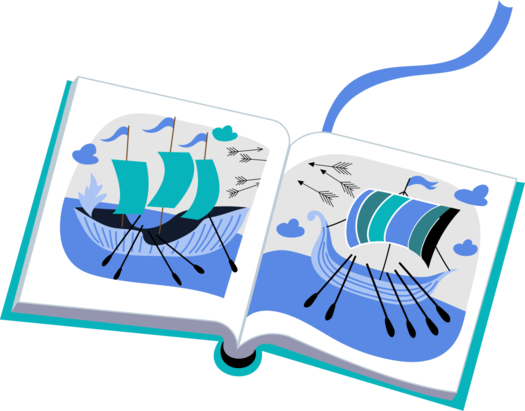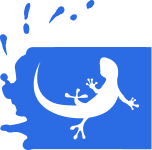SELF-PUBLISHING
CHILDREN’S
BOOKS
As Beatrix Potter, author of Peter Rabbit, once said: “There is something delicious about writing the first words of a story. You never quite know where they’ll take you.”
And yet, the journey from those first words to publishing a children’s book is no simple task. The final product must be relatively short, relatable for the right age group, and visually engaging, all while conveying your core story or ideas. Then there’s the challenge of actually getting it in front of readers.

Concept of Publishing a Children’s Book
As with every great book, start with an original idea and a realistic goal. Figure out what story you’re going to tell. Genres for children’s books include picture books, traditional literature such as folktales and myths, historical fiction, fantasy fiction, realistic fiction, biography, and non-fiction books.
Balance the conventions of these time-tested genres with a unique idea that will help your book stand out.


Picture Book or Novel
The first dilemma faced by authors is whether to opt for a picture book or a novel. Start by choosing your target age group.
- For children under 5 to 7 years of age, books will typically focus on illustrations, with only simple text. For these books, concepts and messages must be communicated primarily through rich illustrations and images.
- Older readers, generally starting between the ages of 7 and 10, begin to read text-based chapter books with more complex storylines and conflicts. They may still include a few illustrations, but the text will tell most of the story.
- Even once you settle on a chapter book, you’ll need to carefully consider your specific age group to determine the right language and content.
Art and Illustrations
- Consider what kind of art you want for your book. Once again, this will depend in part on the age of your target audience.
- In picture books, your illustrations will do most of the heavy lifting to tell your story.
- If the illustrations are not interesting and engaging, you won’t reach your readers and won’t fulfill your publishing objectives.
- When self-publishing a children’s book for a younger age group, it is essential to find a qualified illustrator with experience in creating children’s books. Such an illustrator should have the experience to take your ideas and make them a reality. You’ll want a balance between expertise and the ability to consider your goals and feedback.
- Work through this process, and don’t get ahead of yourself by choosing the art before you’ve laid out your book’s foundation.
- Take a look at popular children’s books to get a sense of what kind of art style you want.


Finding the Right Editor
As an author, you may question whether a short, simple children’s book really needs an editing process. Not only will editing make sure your book is the best it can be, but an experienced editor will also offer the know-how to reach your target age group.
Authors have a story to tell, but they might not be sure what audience it’s best suited for, how much complexity that age group can handle in language and content, and even how many words are appropriate.
Editing Tips and Tricks
Books for children under 4 years might have as few as 100 words, while chapter books for 10-year-olds could have 12,000.
An editor that’s worked on children’s books for major publishers will know what to aim for, how to simplify language, and how to cut down the word count. For many authors, these steps could be the toughest part.
Your editor can even work with your illustrator, go over images, review the layout, and help develop ideas for your cover.



The Tale of the Tooth Mouse
by George H. Bentz DDS
See Izzard Ink in action with this example of a children’s book, The Tale of the Tooth Mouse by George H. Bentz. Learn more about the author's journey and how we worked together on the entire publishing process.

Distribution & Marketing
Children’s books are the only books that you won’t market directly to your readers; the target audience, in reality, is the adults who make choices about what their kids read. This is another challenge that comes with publishing children’s books; you need to write, design, and publish books which children want to read, yet the books should also appeal to their parents and relatives who would want to buy them.
Thus, writers must use a multifaceted approach to attract both audiences. Often, especially for the youngest readers, this will mean balancing entertainment and education. The ideal children’s books is one that parents will want to buy, and that kids will want to read.
Conclusion
Publishing a children’s book by oneself is a time-consuming process. Steps like finding the right art, editing your manuscript, designing the interior and exterior layout, proofreading, and final publishing all take mammoth chunks of time.
If you take things step-by-step, never let fear stop you from getting started, and get the help you need to publish your book the right way, there’s nothing to hold you back from publishing a bestseller. Just getting started and sticking with it will put you head and shoulders above many would-be authors.



Gain the Izzard Ink Edge
How do you know if your manuscript is ready to be published? Our manuscript assessment gives actionable feedback from multiple professional editors.
